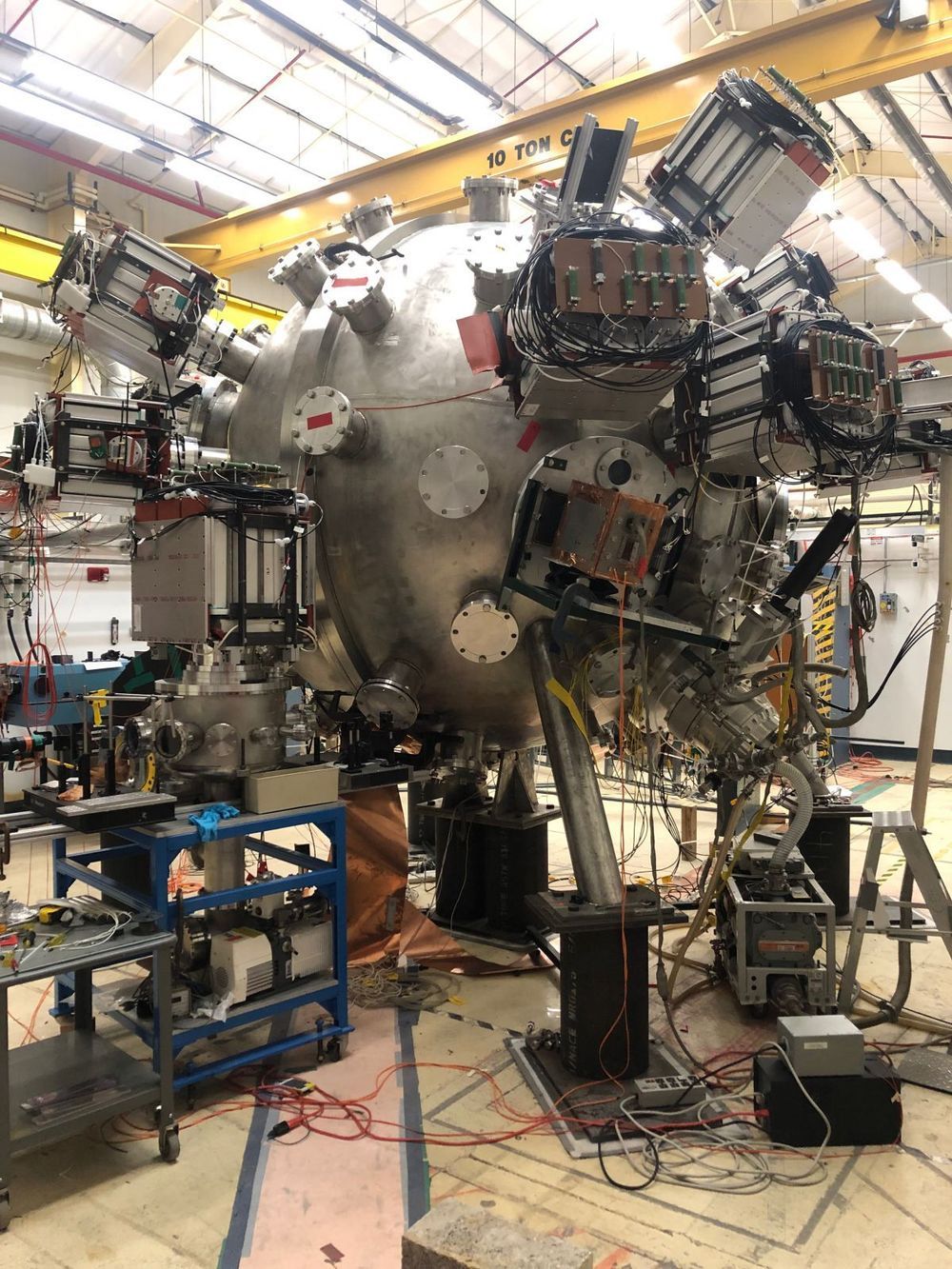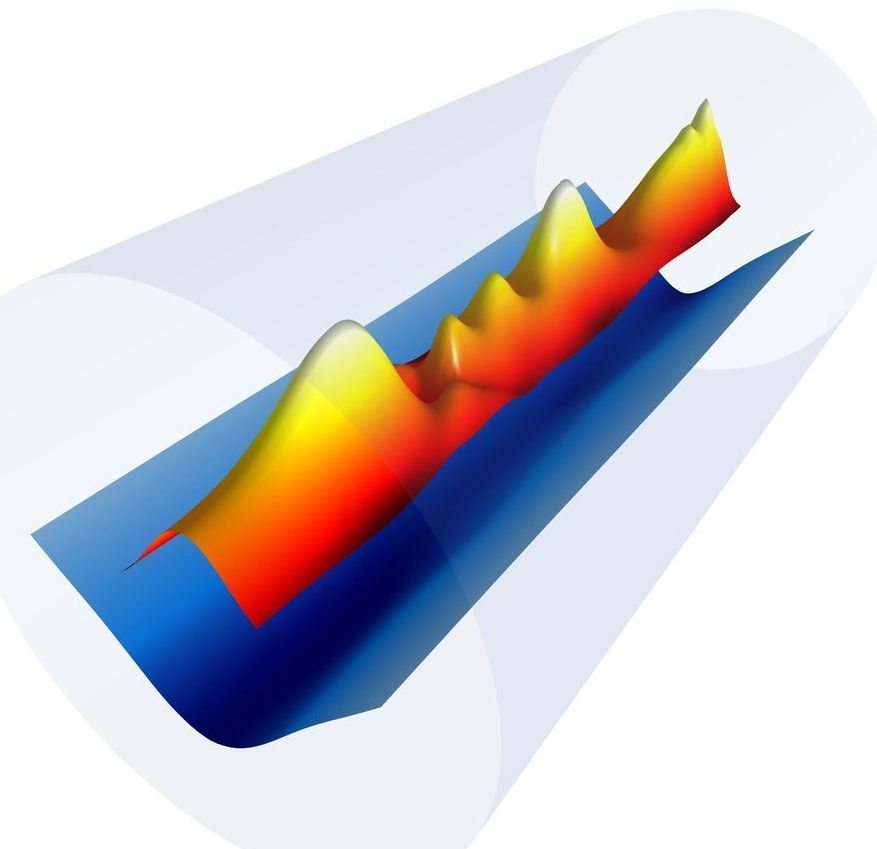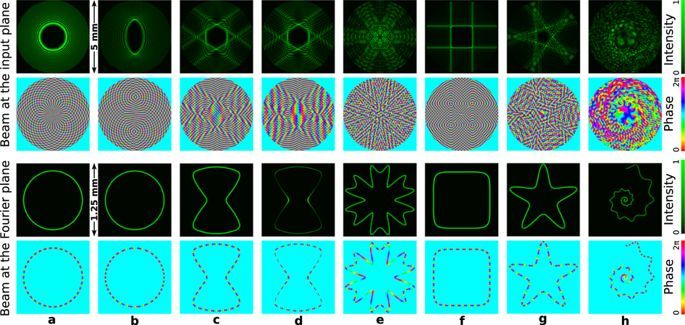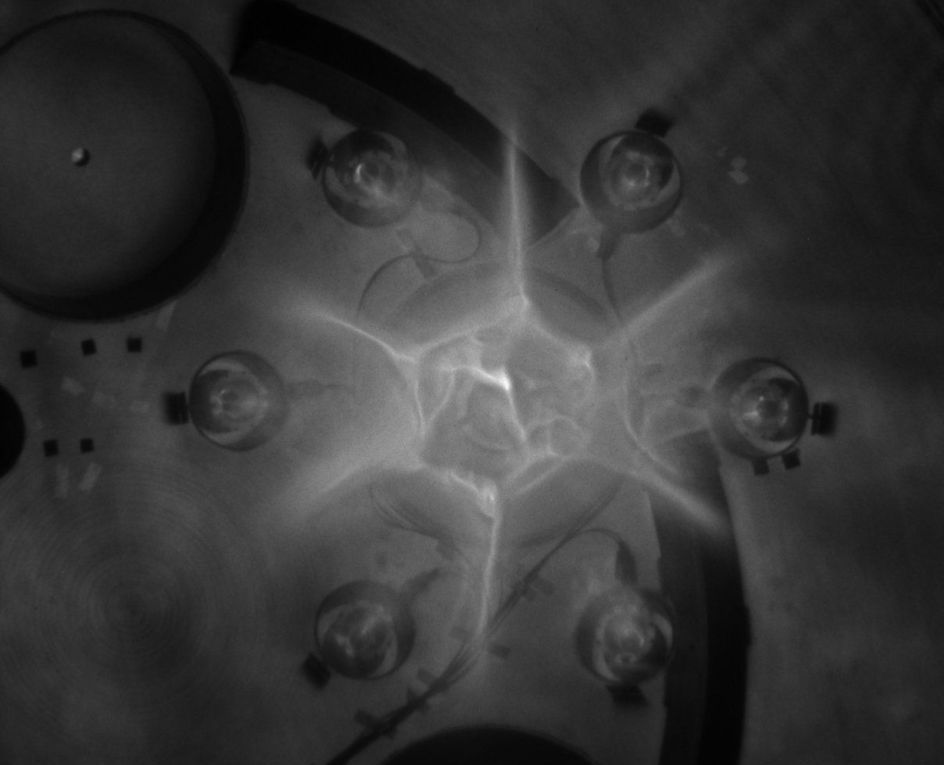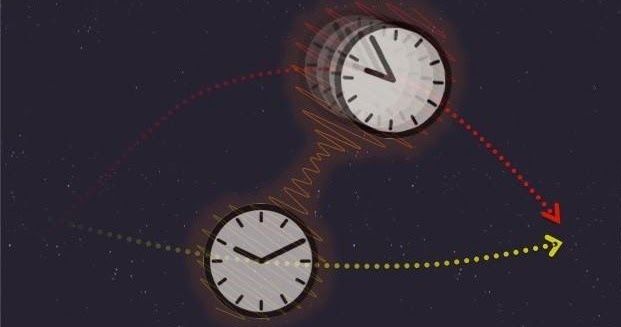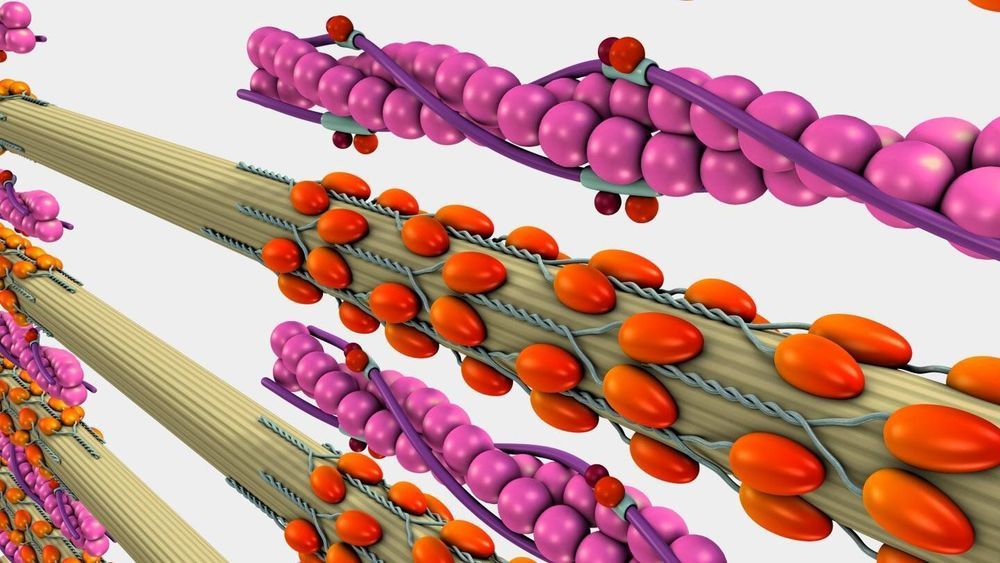Oct 24, 2019
The Future of Particle Physics Is Bright, Bleak, and Magical
Posted by Genevieve Klien in categories: cosmology, particle physics
Scientists at the Large Hadron Collider triumphantly announced the discovery of the Higgs boson back in the summer of 2012. Nicknamed “the God particle,” it was the last new undiscovered particle predicted by the backbone theory of particle physics.
Since then, physicists have found a whole lot of, well, nothing. The Higgs high hasn’t carried through the past decade, and no groundbreaking discoveries have appeared since 2012. New York Times science reporter Dennis Overbye called this silence “ominous.”
But ahead lies a whole frontier of grand unsolved mysteries, including why there’s more matter than antimatter in the universe, what the true identity of dark matter and dark energy is, or how the strange, ultra-weak neutrino particles ended up so ghostly. For many, it’s an exciting time, with lots of new ideas and upcoming experiments to test them.

